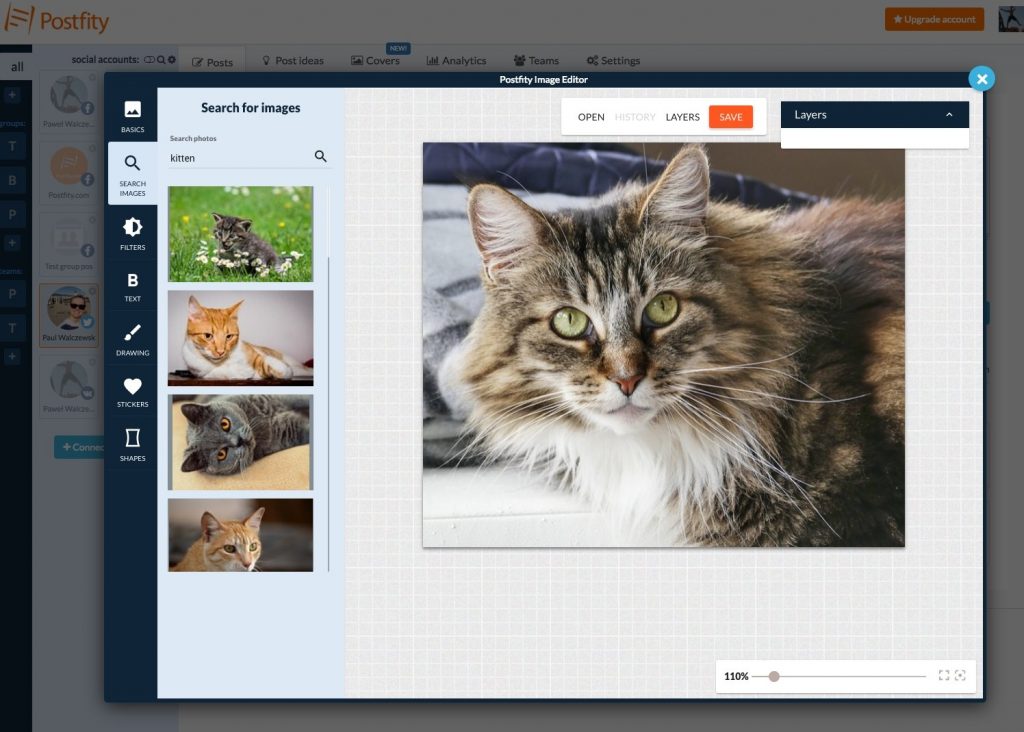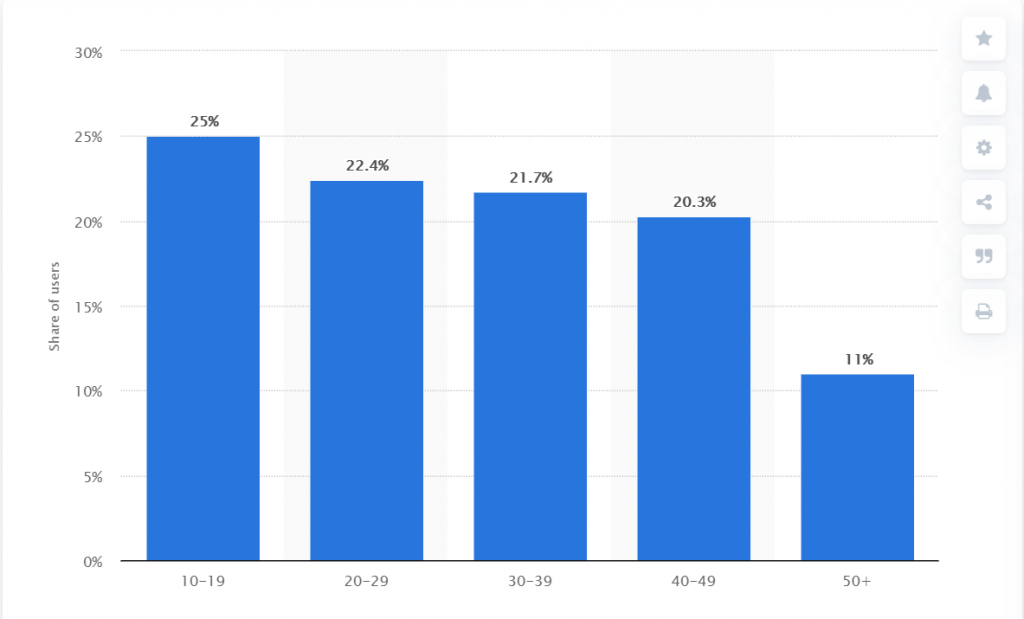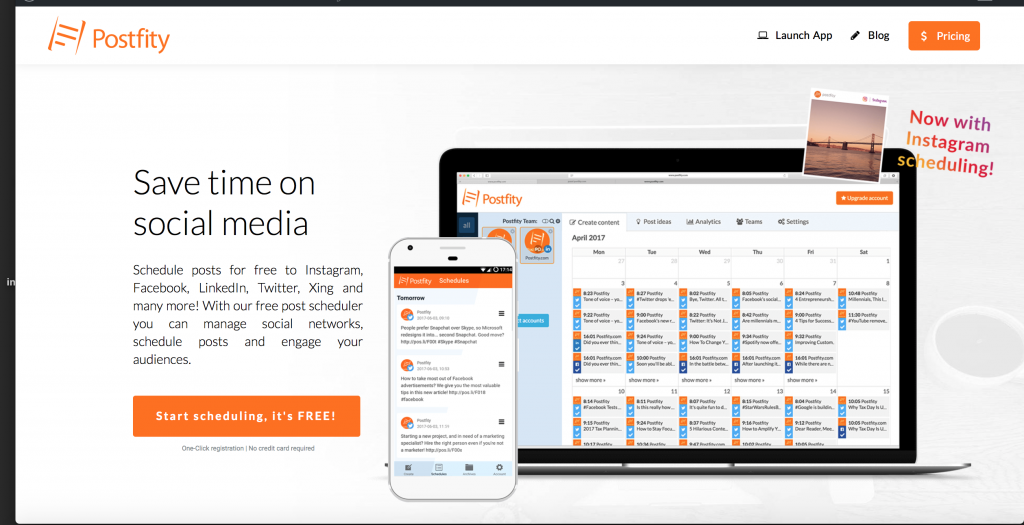
Photo by Pixabay from Pexels
Before you begin your social media endeavors, it’s critical to ask yourself what the ideal social media marketing cost should be for your business. If you want to ensure the most efficient utilization of your social media marketing costs, look no further.
This article discusses different types of budgets and various components you should include in your budget. Without further ado, let’s dive right in!
Some Industry Trends
Since February 2020, around 74 percent of businesses have reported investment in digital marketing activities, which includes social media marketing. Sure, they may have dropped at the height of the coronavirus pandemic.
But with businesses getting back on their feet, social media marketing is expected to grow to 24.5 percent of the marketing budget over the next 5 years, according to CMO Survey 2021.
Companies have also reported an average increase of 32.7 percent in digital marketing’s contribution to the company’s performance.
These trends clearly show that digital marketing, which includes social media marketing, is a worthy cause for investment. But just like any other investment, this should be made wisely after having made informed decisions.
A budget is the first step toward making wise, informed decisions.
Why Do You Need a Budget?
No matter which industry you are in, return on investment (ROI) matters. For approximately 55 percent of social media marketers, ROI is still the top priority, and for good reason. And that makes sense.
If you are not getting your desired return on investment, what incentive would be there for you to even invest? And that is precisely why you need to make a budget.
Measuring ROI, especially for social media marketing costs, is hard enough. Not having any record of how much you want to spend for a specific component will make everything even harder. Hence, you need a budget. Period.
Moving on, there are three kinds of budgets you can choose from based on your needs:
- Traditional budget: Begin with the amount allotted to you for covering the total cost of social media marketing. Allocate specific amounts to each component of the budget. No changes are usually made after these amounts have been allotted to the components.
- Flexible budget: If any component needs more funding and another has funds to spare, move it over. Flexible budgets allow you the flexibility of moving funds as per your needs.
- Zero budget: Begin with $0 for each component at the start of your budget planning period. Increase the amount for each budget component with time while providing reasons for the costs incurred.
Before you proceed with any of these budgets, set goals for your social media marketing. You can then strategize and build your budget in a way that reflects your goals.
What Should Your Social Media Marketing Cost Include?
Your social media marketing cost should include the following component. The portions allocated may vary depending on your target groups and how your current social media presence is.
1. Cost of Social Media Content

Content consists of graphics, cover photos on social media sites such as Facebook, videos, copywriting, and human talents such as models or Instagram influencers. You may even need translators if you cater to demographics of different languages.
Around 40 percent of your budget should be allotted to content.
At a time where visual content rules the world of social media, you cannot underestimate the power of quality graphics and photos. You would need to spend on professional digital artists and/or photographers, icons, and stock photographs for your social media posts.
Video content for social media marketing is also a great way to capture attention.
However, if you are on a tight budget, consider looking at sites that offer royalty-free images for commercial purposes, such as Unsplash, Pexels, and Pixabay.
Copywriters are usually paid either by the hour or based on word count. Costs may vary depending on the length of the posts.
You may also need editing and fact-checking, which will cost you extra.
2. Advertising on Social Media — Cost
Aside from organic content, consider having a budget for paid advertising as well. According to the CMO survey 2021, traditional advertising has shown a negative expected growth at minus 0.2 percent.
However, social media advertising is growing in popularity, with sites such as Facebook providing highly targeted ads that reach exactly the kind of people you want to reach.
Overall, you should allocate about 40 percent of your budget to paid advertising. Because it is such a high percentage component of your budget, you need to be strategic about it.
On which social media site does your page reach the most people? Where do you want your ad to appear?
Suppose you want to be able to reach different kinds of audiences. In that case, reaching out to people who have expressed interest in your business in the past or those who have interests similar to those of your regular customers via Facebook ads will be a great move.
Again, if you want your ad to be shown inside the Facebook Messenger inbox to incite more conversations with leads, you can proceed with Facebook Messenger ads.
Alternatively, if you want to place unskippable ads in the middle or beginning of related videos, YouTube ads will be your go-to solution.
You can also practice demographic segmentation while targeting your audience. For example, if you want to reach young people on a popular platform they all love sharing on, consider Tiktok.
According to Statista, users aged 10 to 19 years old occupy the largest share of Tik Tok users among all age groups — 25 percent.

Tiktok allows you to have full-page ads, participate in hashtag challenges, and more.
Twitter ads are also availablefor driving up your Twitter engagement, with promoted tweets, promoted accounts, promoted trends, and more.
If you want to reach a professional audience, consider using LinkedIn’s Sponsored Content, which is just promoted LinkedIn post, or LinkedIn Direct Sponsored Content, which is more targeted.
You can also reach people on their inboxes using Sponsored InMail.
Evidently, there are several ways to reach people on every social media platform. You can test a bit using different social media sites and see which works the best for you.
3. Social Media Management Cost
It is not enough to only have paid ads and content ready. You need to make sure that everything is going as planned. If you can afford the extra payments, having an experienced personnel to oversee social media management can be a great idea.
Social media managers usually have to look after content creation, marketing campaigns, social media strategy, analytics, audience research, and social media growth.
The good news is that there are tools to help with a lot of these tasks. Professional tools like Postfity can help you do a lot, including:

- Scheduling your cover photos and social media posts on different platforms
- Creating graphics for the visual content you plan to post
- Editing graphics with the help of handy templates
- Shortening your URLs before sharing and saving word count
- Analyzing your social media engagement levels to see what works the best and strategize based on data
Overall, you should allocate around 10 percent of your budget to social media management.
4. Social Media Posts Analytics
It is vital to track and analyze which of your social media posts are doing best. This can help you plan types of posts for the future. You should be spending approximately 10 percent of your budget on social media analytics.
However, a good social media management tool, which takes care of tasks such as scheduling, should also be able to provide analytics. Postfity offers the option to analyze results, thus saving you any additional money you would have to otherwise spend on analytics.

You can track data such as the posts you have published, the number of likes and shares on your published posts, comments on your posts from the public, and the number of links clicks generated from your posts.
You may also organize your data charts for each social media site separately.
5. Audience Research Cost
Whichever industry you operate in, audience research is crucial for your social media success. You could be spending hundreds on social media marketing costs and still not be getting enough traction if you do not understand how your audience operates.
You need to know your audience’s needs, preferences, and pain points.
Coming to the budget part — you may get some data for audience research for free, using in-platform insights such as Facebook Audience Insights within Facebook Ad Manager. Of course, this means that you would have to invest in ads.
Moreover, there are tools that focus on offering profound audience insights, such as SentiOne. To help you become a pro at audience research, Postfity has partnered with this incredible social media listening tool.
6. Training and Development Costs
There are a lot of free resources out there which can help you save some bucks. Free, quality blogs are a good way to build up your team’s basics and keep them updated with newfound knowledge.
Things are always changing in the world of digital marketing and social media, so blog posts are a great way to stay updated on things like algorithm changes. Just an example of how quickly things can change — Facebook declared that it would discontinue Watch Parties, and now brands are scrambling to find alternatives.
You can also consider funding courses for your employees to learn from. Investing in your team’s training and development is always a good idea. Sites such as LinkedIn Learning would be great for this.
We know this might not be what comes to your mind when you hear “social media marketing cost”, but building your team’s strength is truly more of an investment rather than a cost.
Things to Keep in Mind
Now that we have talked about how you should allocate your budget to different components, here are a few things you need to keep in mind to make your social media marketing cost worth it.
Firstly, knowing your target group is very important. The purpose of maintaining your brand’s social media presence is not just generating quick sales.
Social media can significantly influence people’s purchasing behavior, so it is a great tool to earn your customers’ trust. It initiates conversations and build long-lasting relationships with customers.
Moreover, it’a a well-known fact that customer retention is easier than customer acquisition. Data says customer acquisition can be up to 5 times more expensive than customer retention. And building and maintaining relationships are key to customer retention.
Next, build a user-friendly value proposition. Think about what makes your product or service stand out from the competition. Make sure you promote your USP.
Also, keep your content as concise as possible. Try to include visual content and include a call-to-action that directly tells customers what to do.
Lastly, know that there is no one-size-fits-all for the type of content that works for everyone. You have to test the waters yourself to find out what works the best for your business in particular. See if blog articles work better than videos. Or maybe you could try a mix of both?
You should also keep in mind the ‘feel’ or culture of a particular social media site. Customize your content as per the platform you are posting on.
Regardless of how large or small an amount your social media marketing cost is, keeping these in mind can help you reap greater benefits.
Conclusion
Social media marketing is a major part of any business’s marketing strategy at present. Investing wisely is absolutely crucial.
If you want to invest in an incredible tool that will help you grow your business and make managing social media seamless, give Postfity a try.
Postfity offers paid plans ranging from $14.99 a month to $119.99 a month, so you can choose a plan that perfectly fits your budget! You also get a discounted price for annual payments.
To add to it all, Postfity offers a 30-day free trial. You can try it out and see if it is a good fit for your business. Sign up for Postfity’s free trial (no credit card) today!



